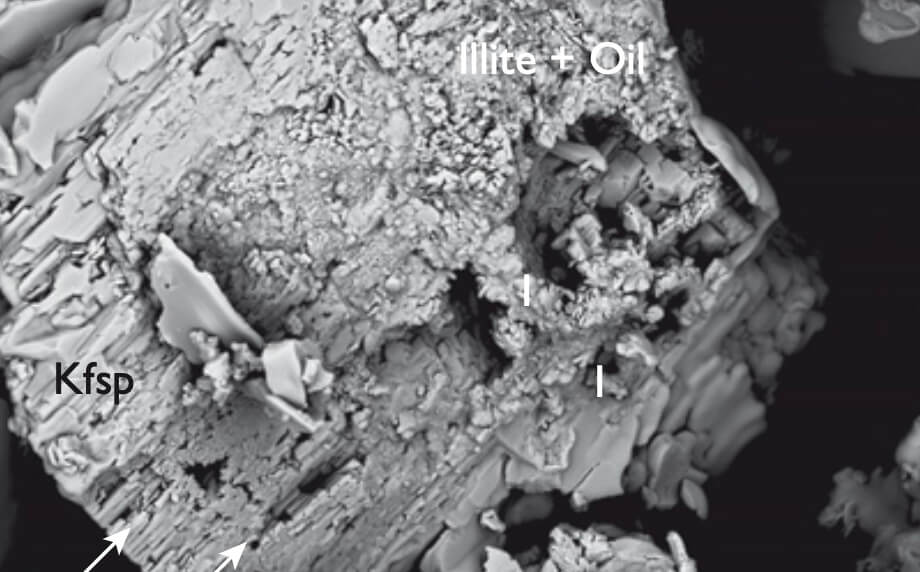
How to Cite
Share
Abstract
Upper Jurassic quartz-rich sandstones in the North Sea Basin are important reservoir rocks for oil and gas, and one of the latest discoveries of oil in the Danish sector was made in the area of the Hejre wells that penetrated such sediments (Fig. 1). The reservoir properties of sandstones are strongly influenced by diagenetic alteration, i.e. the mineralogical changes that take place during burial of the sediments. The diagenetic features depend on the source area, depositional setting, facies architecture and burial history of the sediment. The major diagenetic features influencing porosity in Upper Jurassic reservoir sandstones are feldspar dissolution and precipitation, precipitation of illite, calcite and quartz, and quartz stylolite formation. With regard to the Upper Jurassic sandstones in the Danish sector of the North Sea, the important question is: how can porosity be preserved in sediments buried at depths of more than 5 km? The Hejre-2 well penetrated the Upper Jurassic sediments (Fig. 2) before reaching pre-Upper Jurassic volcaniclastic conglomerates. The diagenetic features were studied in thin sections of core samples with traditional petrographic techniques using transmitted light microscopy supplemented by scanning electron microscopy (SEM) of rock chips and thin sections.
How to Cite
Share
Copyright (c) 2008 Rikke Weibel, Nynke Keulen

This work is licensed under a Creative Commons Attribution 4.0 International License.
Downloads
Edited by Ole Bennike and A.K. Higgins
This Review of Survey activities presents a selection of 22 papers reflecting the wide spectrum of activities of the Geological Survey of Denmark and Greenland, from the microscopic to the plate-tectonic level.
The Survey's activities in Denmark are illustrated by 13 articles. Five of them deal with petroleum-related [...]









